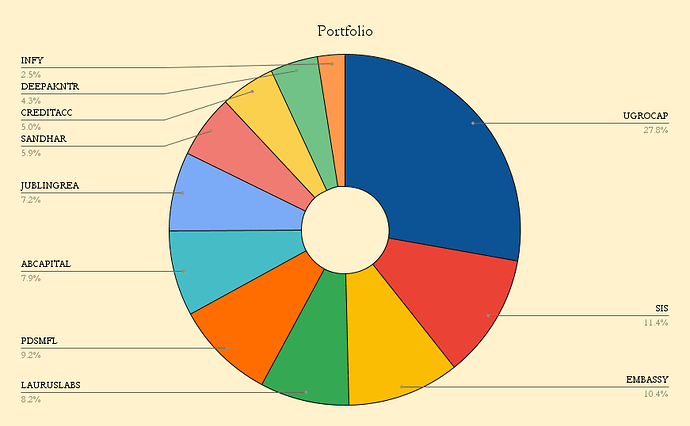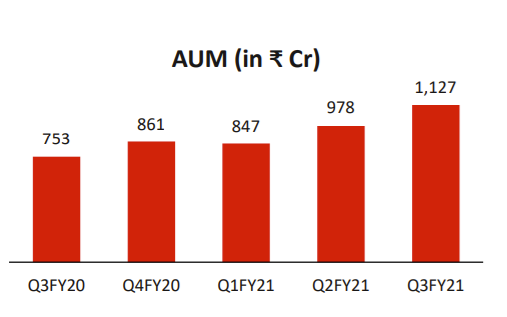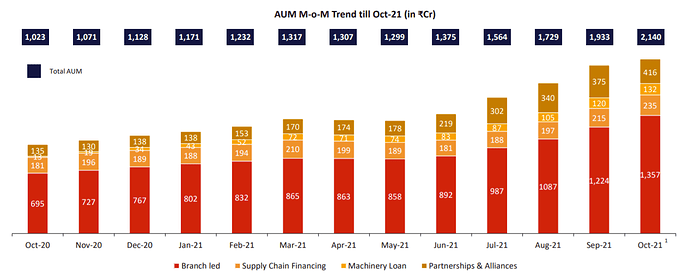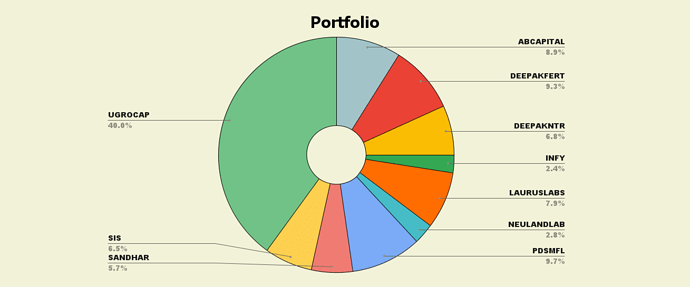Thanks for the excellent questions ![]()
From my scuttlebutt, employees are happy, pay is competitive and the job comes with bonuses.
-
The average salary varies from post to post, and is between Rs. 16,500 - 20,000 in towns, and between Rs. 9,000 - 12,000 in villages.
-
Employees are covered by insurance and get bonuses from time to time.
-
If they’ve worked at the company for over a few years, the company takes care of them by giving out emergency loans.
-
Largest competition in this space isn’t from Quess / Teamlease but from G4S.
-
It’s also amazing how the internet aggregates voices that would otherwise not talk to each other. There’s an entire security guard community, and they share their experiences on Youtube, and I check on what they’re saying from time to time.
On your point of independence, from speaking to people who worked with Urban Clap, they prefer to form their own contacts and then leave due to the exceedingly high commissions UC charges. With SIS, they serve as a single point of contact for companies that have a multi-city presence, and it’s difficult for guards to breakaway and offer their own services particularly because most of the staffers are not from the state that they work in, but have moved across the country to work there.
Something else I’m keeping tabs on is their employee count in the India Security Staffing segment, and per employee revenue. Both of these have been steadily improving over the years:
| India Security | FY21 | FY20 | FY19 | FY18 |
|---|---|---|---|---|
| Revenue | 3487 Cr. | 3528 Cr. | 2712 Cr. | 2150 Cr. |
| Employees | 1,55,028 | 1,57,590 | 1,44,257 | 1,07,000 |
| Revenue/Employee | 2249 | 2240 | 1879 | 2009 |
I don’t find Teamlease as interesting as they have EBITDA margins between 1-2%. As you said, Quess is in the white collar staffing space and are beneficiaries of the same labour law reforms, but they’ve made bizarre investment decisions in the past, such as the debacle over the football club. Aside from wanting to be in the essential services category, SIS is trading at more attractive valuations.
However, Quess’ cash flows are really good, and should it drop to a more attractive price, I wouldn’t mind playing both sides of the labour market.
SIS is different from the companies you mentioned as they’re not in the business of selling devices alone, but the entire management that ties into their other verticals.
They’re already amongst the top 3 e-surveillance companies in India, and offer CCTV/alarm monitoring and response, drone based monitoring in Australia, body worn cameras, etc. So I think the end market differs from people who just want the device, and those who want the full suite of solutions.
The point is also that they’re either the market leaders or in the top 2-3 of every single vertical, so if the labour market formalises, they’re the direct beneficiaries.
Please let me know your comments ![]()




